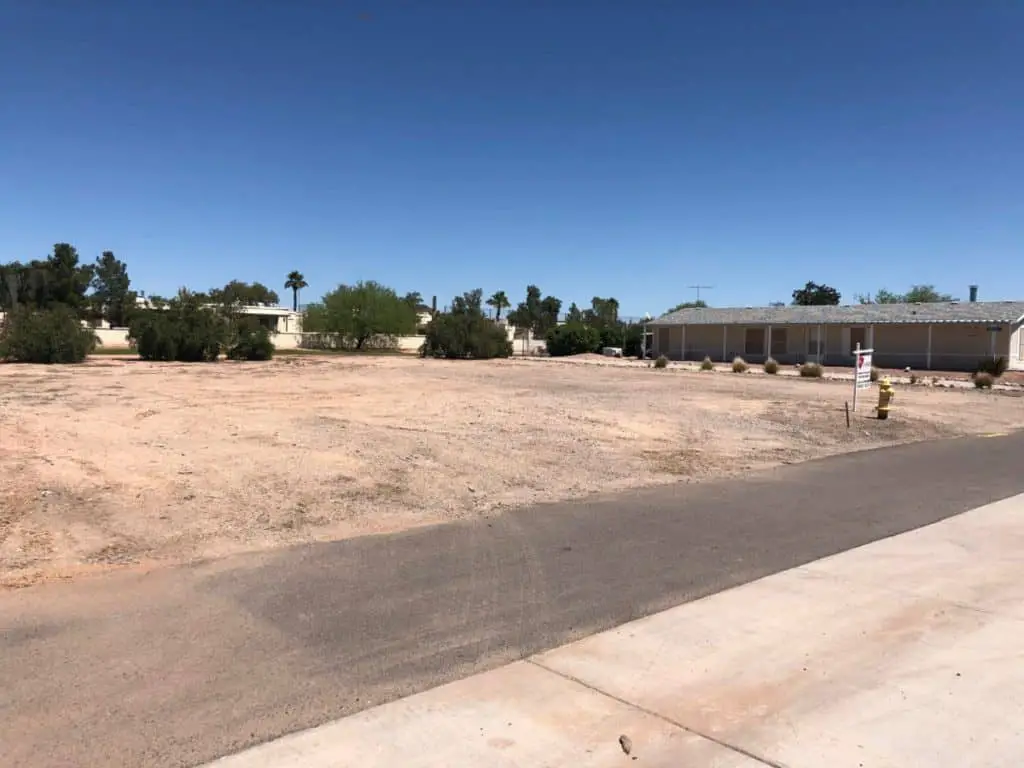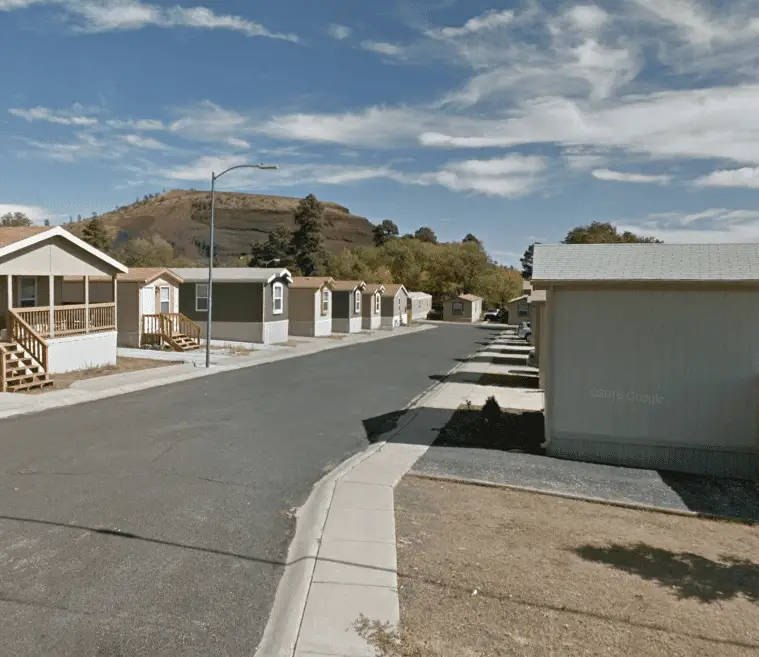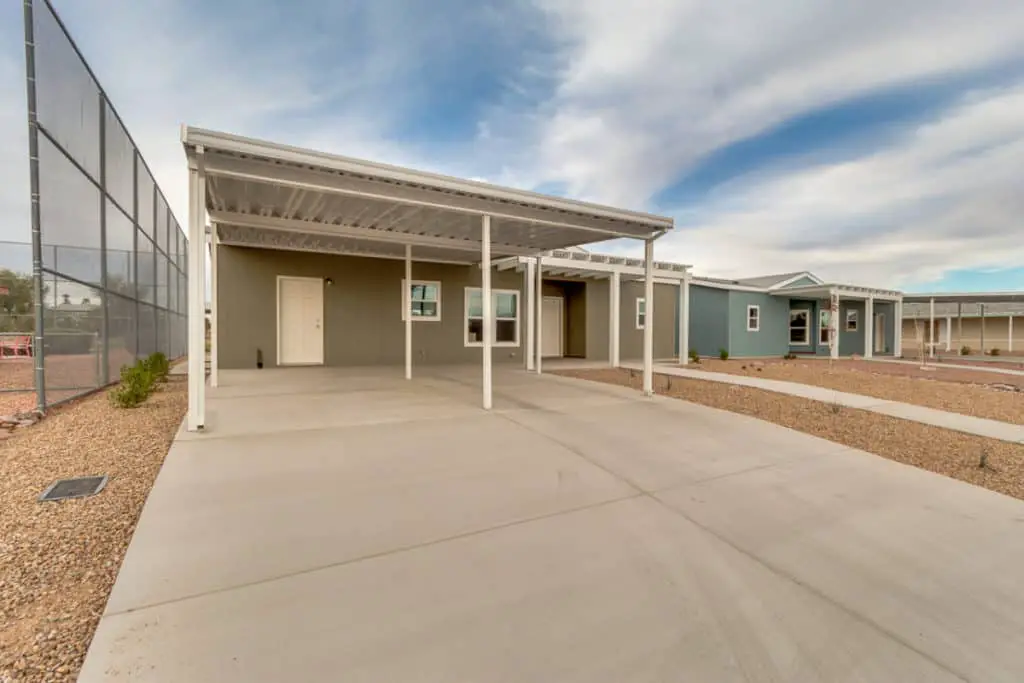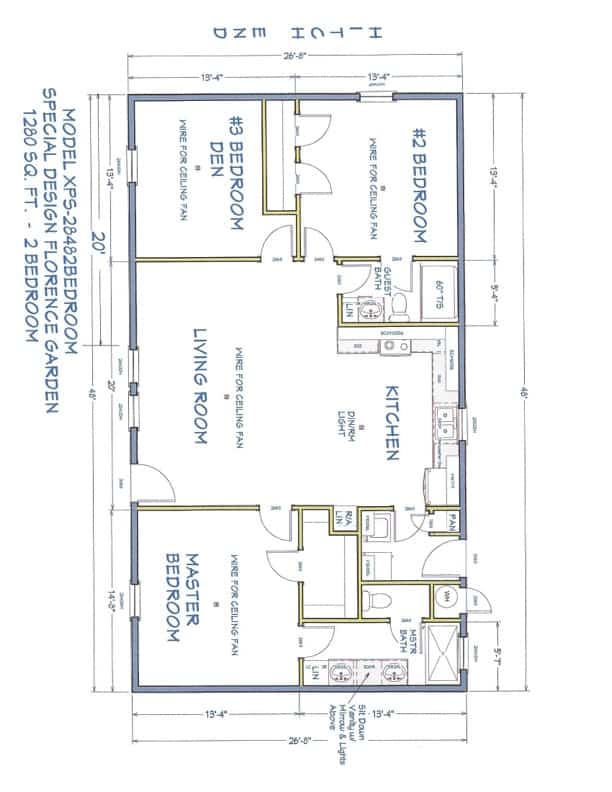Table of Contents
Introduction
Purchasing a new manufactured home is very different from the process of buying a motor vehicle. There are a lot more moving parts, which can be confusing. Before the pandemic, the manufactured housing industry was producing 95,000 new homes every year. The average price was $78,500 per home. Also, about 63% of these new homes were installed on private land, while 37% were placed in manufactured home parks.
The Short Answer
Secure Your Financing
Before doing anything else, visit with a competent mortgage broker who deals with manufactured home loans. Everything else you do will depend on how much you can qualify for.
Will You Be Buying Your Own Land Or Move Into A Park?
Although it may seem like a lot more debt, owning your own land may the be better economic alternative to a mobile home park.
How Much Home Will You Need?
Manufactured homes come in all different sizes with a vast array of upgrades. Do you want more square footage or higher end finishes?
What Manufacturer Do You Want To Purchase From?
There are several major manufactured home builders. As any business, they all have strengths and weaknesses. Usually a dealer will only represent one manufacturer. The reputation of the dealer and the manufacturer should play a large part in your decision where to buy.
Choose Your Upgrades
Your dealer will be able to provide you with the manufacturers offered upgrades and pricing for the model you are choosing. Don’t let your emotions get away from you with upgrading. Choosing too many can quickly put your price outside of your budget.
Sign Your Purchase Agreement
Build time can be anywhere form 45 days to a year or more with lots of variables. Be prepared for unplanned delays in our current economic environment.
Secure Your Financing
Financing is almost always the key factor in making a home purchase of any kind. Home loans in general tend to be a moving target. But, there is a whole new level when it comes to manufactured home loans. Why?
It seems that lenders often see the market for, and stability of values for manufactured homes to be less than that of traditional stick-built homes. Because of this often misplaced perception, the lending guidelines are different for manufactured housing than they are for traditional homes.
Even if you looked into manufactured home financing even a few months ago, the landscape can be totally different now. Depending on what type of financing may currently be available for you can be a game changer on what you might be able to buy.
Find An Experienced Lender In Manufactured Housing
Many mortgage brokers may do a manufactured home every once in a while, but few specialize in it or do very many. To get your financing, they may be required to jump through hoops not normally required in the lending process. Call around to different brokers in your area and ask if they have a specialist in manufactured housing loans. You don’t want to have a bad surprise in the end because of the lack of experience from a lender.
Visit a few of our blog posts regarding manufactured home financing for additional detail.
Knowing exactly how much you can qualify for will make the rest of the buying process so much easier. DON’T SKIP THIS FIRST STEP!!!
Below are a few links to company’s who specialize in manufactured home loans. If you will be placing the home on your own land, you can then secure an “Affidavit Of Affixture” and your home will then be considered “real estate”. At that point your home may qualify for regular real estate conventional financing.
Google Search For Manufactured Home Financing
Lay Out Each Component Piece Of Your Financing Plan
After working through your financing with your lender, lay out a plan for the component items of your financing package:
- Total Available Financing
- Down Payment (Where will you be getting this amount)
- Purchase Price For Land (If you are going that route)
- Amount Available for Home Purchase
- This should be split about 60/40 between the price of the house and the lot preparation and municipal fees.
Having these numbers available to you will help you in working through the rest of the purchase process.
Buying Your Own Land Vs Moving Into A Park

What will you do with the finished home?
- Live in it yourself?
- Rent it out as an investment property?
- Sell it for profit?
Your intended purpose for the home will guide every other step that you take in the process, and rightly so. If you’re planning on living in the home yourself, you will most likely be doing things differently than you would otherwise. You might choose to spend more money for a nicer area or park community. If buying a piece of land, you might want to choose a better area or a larger lot that will suit your needs for space.
Do You Want To Own Your Own Land?
It would seem that the obvious answer to this question would be a “yes”, but that is not always the case. In many cases, some manufactured home parks are very strict on the upkeep of the homes within the park, and the community may have a tidier appearance that some manufactured home subdivisions where there are not as many restrictions.
When working with people as buyers, we find that they either:
- Want a well manicured community, or
- Want a situation where they have the freedom to do with their land as they please.
Is It Less Expensive To Live In A Park?

If you put your new manufactured home in a park, you will be paying rent for that park space as long as your home is there. Over time, that rent amount will surely increase.
Also, placing your home in a park vs. putting it on your own piece of land can completely change the type of financing you may be able to get. Please visit the following blog post for more detail about buying your own land vs. moving into a park.
How Much Home Will You Need?

Let’s face it, most of us really want more than we need. We usually want more than our budgets will allow, but, we all know that isn’t the wise thing to do!
There are so many different sizes for new manufactured homes. Single wide homes still exist, but they are becoming more rare. Double wide units are probably the most common type found today. There are also multi-wide homes with 3 or more sections.
If you’re thinking of a single wide home, keep in mind that these homes tend to be longer than other types. They can be up to 80 feet long in some situations, and with land setback requirements they may not fit on the lot of your choice. And, there are very few parks a home that long will fit into.
We find that most people seem to prefer living in a double-wide home if given the choice over a single-wide. The floor plans feel more like a traditional home. For more detailed information on this, please see the following post:
A Few Points To Keep In Mind
- Of your total budget, about half will be spent on the purchase of the home, the other half will be sent on the lot, site preparation, permits and municipal fees. Depending on the price of your lot in your area, more than half may go to these other costs.
- As with most any property, the larger the home, the lower the cost per square foot you will pay.
- Once you purchase and install your home, the size and floor plan you choose, will be there for as long as you own the home. Sometimes it makes sense to forgo some of the extra options to get a larger home if that is what you want. You can always upgrade things in the home later if needed.
Floor Plans

It is one thing to see floor plans on paper, but it is often difficult to judge spatially the room sizes and furniture fitment based on a paper floor plan. If you are able to actually go inside of a model with the floor plan you are interested in, you will better be able to see how the home “feels” to you and your lifestyle.
Also, the layout of your lot, either one that you own, or one in a park might affect which floor plan you choose. Not every floor plan will fit onto every lot. Knowing your lot dimensions and the required setbacks for front, back, and the sides is a necessity before choosing a home size and floor plan.
Keep in mind, most any factory will generally build any floor plan. It may cost you a bit more for revisions, but they can build a plan you like. Many people will start with a builder’s standard floor plan and then potentially change it to better suit their needs.
Look At Options
Just like the purchase of a fine automobile, the available options for a home can run up the price very, very quickly. As mentioned, people often want more than they need or can afford. Be smart when choosing your upgrades.
First, make sure to get an option/cost sheet when looking at any home. Cosmetic options, such as flooring, countertops, plumbing fixtures, lighting fixtures, and even cabinets can easily be upgraded later if needed. There are things that you might consider first that can’t easily be changed later:
- Construction, 2×4 vs 2×6
- Extra Insulation
- Window Upgrades
- Roofing material
- Siding material
- Ceiling height
- Wiring options
- HVAC options
When you consider the above first, you will end up with a quality home that will serve your needs for many years to come. If you can afford everything you want, great. But if you must pick and choose based on your budget, attention first to the bullet points above will go a long way to long-term happiness with your choices.
Does It All Fit Within Your Budget
If price is no object, then lucky you! For most of us, cost is a serious consideration for everything we do. If after working through the options and upgrades, the base home cost plus your chosen options may or may not fit into your budget. If so, it is time to start paring back the options you chose, or if you’re far from you budget, going for a smaller sized home.
Before you commit to any purchase with a dealer, you must work through your budgeted numbers first. That may mean cutting some items if you are over budget. This could mean a smaller home, a less expensive lot, fewer options, etc.
What Manufacturer/Dealer Will You Purchase From
Over the years, we have dealt with homes built by many different manufacturers, dating way back to homes built in the 1970s. From a structural standpoint, they all build to the HUD building code; at least since 1976. From there, the options that various manufacturers offer may differ greatly from one to another.
Most of the time, a manufactured home dealer represents only one brand, although I’ve seen one offer more than one if the dealer is building out a park or subdivision.
Unlike an automobile, you will not be driving your home back to the dealer for service when it may be needed during your warranty period. If service is needed, the manufacturer has representatives that will be sent out to your home to perform specific work.
What this means is that it is not all that important that you buy from a dealer/manufacturer that is close to your location.
Some of the upgrades you desire may not be offered by every manufacturer. Knowing your absolute “must haves” for your home is important before deciding.
A Good Dealer Can Be Gold
Buying and installing a new manufactured home has many twists and turns that you may not face in making most any other purchase. There are so many variables that you must clear in this transaction:
- Zoning Codes
- Building Codes
- Lot Setbacks
- Lot Preparation
- Transporting
- Setup Codes
- Municipality Impact Fees and Permits
- Utility Permits and Installations
- Site Improvements
Unless you’ve been through the process before, it can often be overwhelming trying to get it all figured out. This may all be complicated and take far more time that you anticipated.
A good dealer does all of the above, over and over again. They should be able to put you in contact with various companies who can perform all of the tasks. In our experience, prices from these contractors can vary widely, as can the quality of their work.
Before choosing a dealer, ask for several contacts they use in each of the above areas. Call these contractors to find out their costs and timing for performance. In many cases, the dealer can coordinate all of the activity. What is their fee if they do?
Make Your Final Choices For Your Home
Now that you have your financing in place, you have your lot or a park chosen, you’ve researched and decided on a manufacturer/ dealer to use, it is time to make your final choices for:
- Floor Plan
- Remember, this can be customized by most every manufacturer
- Structural Upgrade Options
- Wall Studs
- Ceiling Height
- Windows
- Insulation
- Electrical
- Plumbing
- Siding
- Roofing Material
- HVAC
- Cosmetic Options
- Cabinets
- Paint Colors
- Electrical Fixtures
- Plumbing Fixtures
- Flooring Materials
- Site Improvements
- Ground Set or Above Ground
- Cement Flatwork
- Garage or Carport
- Awnings
- Sheds
- Permits and Fees
All of the above choices must now be finalized. They must all fit into your financing budget. The timing must be anticipated. When all is finalized, you’re ready to move forward.
Sign Your Purchase Agreement
Now that you have the decisions made and finalized, you’re ready to sign your purchase agreement and the process begins.
Summary
Making new, large ticket purchases, especially a new home, can be exciting, yet stress inducing at the same time. The processes above can seem overwhelming, but a good dealer should be able to help you all along the way.
There are plenty of decisions to be made along the way, but putting in place your financing is the first and most important step. Nothing else can really be decided before that is done.
Timing is an unknown in our current environment. Even before the pandemic, it still would usually take at least 4 months to work through the entire process. That may now spread to a year or more.

